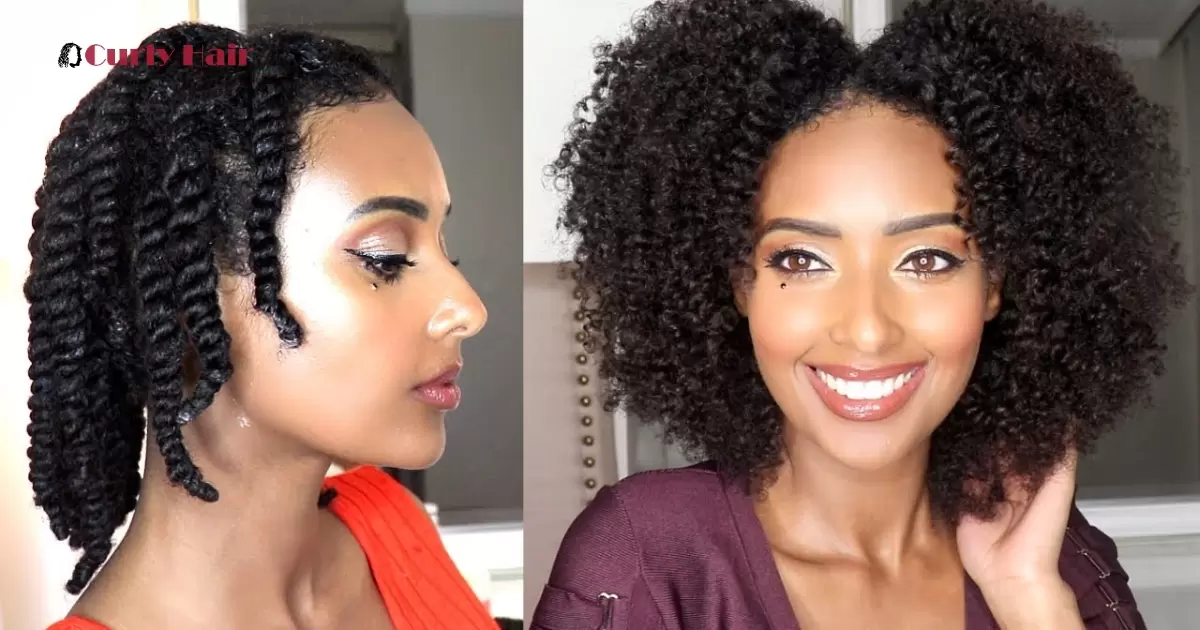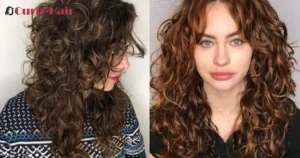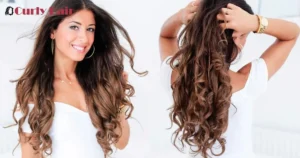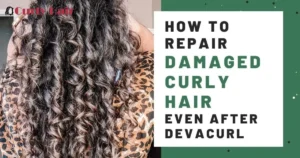Low porosity hair has tightly packed cuticles that resist moisture absorption. This hair type can be challenging to hydrate and style effectively. It often appears healthy but may feel dry and brittle. People with low porosity hair need special care routines to maintain its health.
Are you frustrated with dry, frizzy hair that won’t absorb moisture? You might have low porosity hair. It can be tricky to manage and style. Many people struggle with this hair type daily. You are wondering how to style low-porosity hair? Don’t worry, we’ve got you covered. Let’s explore some effective solutions together.
Low porosity hair needs special care, but it’s not impossible to manage. We’ll explore easy ways to style and care for your hair. From the right products to effective techniques, we’ve got you covered. Read on to discover how to make your low-porosity hair shine. Let’s dive in and unlock the secrets to beautiful, healthy hair together!
Key Takeaways
- Use lightweight, water-based products to avoid buildup.
- Deep condition regularly with heat to improve moisture absorption.
- Limit protein treatments to prevent hair from becoming stiff.
- Clarify hair weekly to remove product buildup and maintain freshness.
- Rinse hair with cool water to lock in moisture and enhance shine.
What Is Low-Porosity Hair?
Low-porosity hair has tightly bound cuticles, making moisture hard to penetrate. Water beads up on the strands rather than absorbing quickly. This type of hair often feels dry and lacks shine due to the difficulty in retaining moisture. Products tend to sit on the surface instead of absorbing.
This hair type can take a long time to dry and might resist chemical treatments. It requires special care to maintain health and manageability. Using lightweight, water-based products helps prevent buildup. Curly baby hair is delicate and benefits from gentle handling and minimal manipulation.
Characteristics Of Low-Porosity Hair
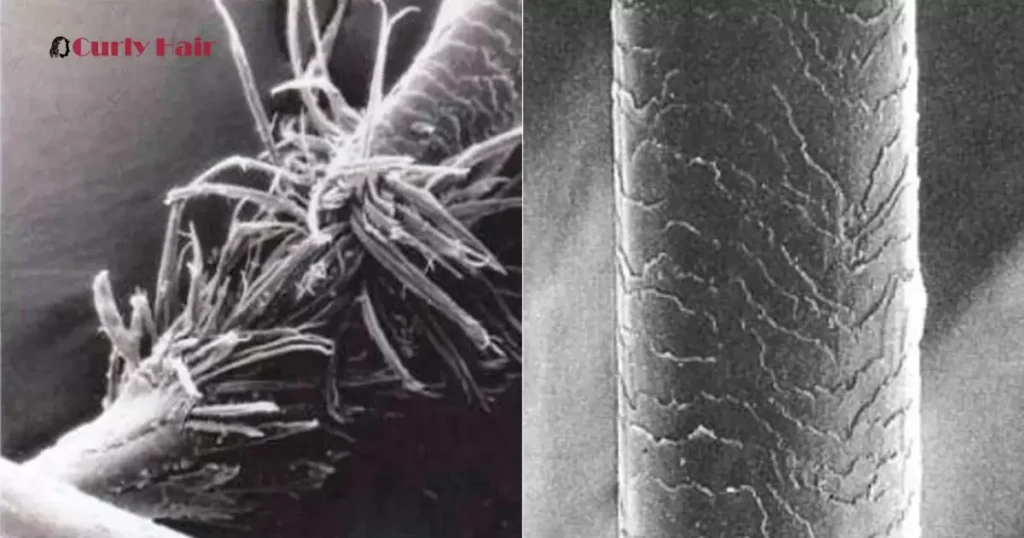
| Characteristic | Description |
| Moisture Repellent | Hair repels moisture due to tightly closed cuticles. |
| Slow Absorption | Water and products take longer to penetrate the hair shaft. |
| Heavy Feeling | Hair often feels heavy and may lack volume and bounce. |
| Slow Drying | Hair dries slowly due to limited moisture absorption. |
| Product Build-Up | Hair can easily accumulate product buildup, making it feel greasy or stiff. |
| Lacks Shine | Hair may appear dull and lack natural shine. |
| Resistant to Treatments | Chemical treatments and dyes are less effective due to closed cuticles. |
| Benefits from Heat | Heat or steam helps open cuticles for better product absorption. |
Low porosity hair repels moisture due to its tightly closed cuticles. Water beads up and takes longer to penetrate the hair shaft. This type often feels stiff and resists chemical treatments. It dries slowly and may lack shine. Products can build up, making the hair feel greasy. Clarifying shampoos and lightweight conditioners work best.
Avoid heavy oils and butter. Use heat or steam to help products absorb better. Regular deep conditioning improves manageability and health. Proper care helps maintain moisture balance and elasticity.
Little Or No Elasticity
Low-porosity hair often lacks elasticity. It breaks easily and struggles to bounce back. Stretching or pulling the hair can lead to damage. This makes styling challenging and frustrating.
To improve elasticity, focus on moisture and protein balance. Use deep conditioners regularly for hydration. Avoid heavy products that weigh the hair down. Gentle handling and protective styles help prevent breakage.
Wash Day Takes Forever
Washing this hair takes a lot of time. Water beads up and does not absorb quickly. Shampoo and conditioner take longer to penetrate. Rinsing can feel endless and frustrating.
Drying this hair also takes extra time. Moisture does not leave the hair easily. Air drying takes hours and sometimes overnight. Using a blow dryer may still leave it damp.
Dry Ends And Prone To Tangling
Low porosity hair often has dry ends that split easily. This makes the hair look unhealthy and frizzy. The tight cuticles prevent moisture from reaching the ends. Regular trims and deep conditioning help maintain healthy ends.
This type of hair also tangles easily. The strands rub against each other, causing knots. Gentle detangling with a wide-tooth comb is best. Using a leave-in conditioner reduces tangles and breakage.
Limp Curls
Limp curls lack volume and bounce. They often feel heavy and fall flat quickly. This happens because moisture and products sit on the surface. Hair may look dull and lifeless.
To revive limp curls, use lightweight styling products. Avoid heavy creams and butter. Regular clarifying treatments help remove buildup. Diffusing hair while drying can add volume and shape.
How Do I Know If I Have Low-Porosity Hair?
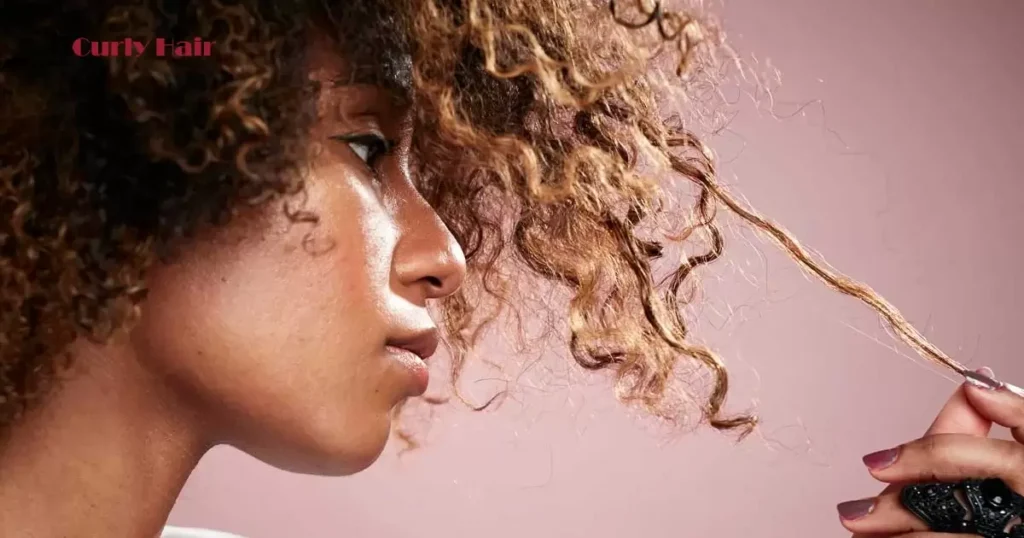
To check your hair porosity, do a water test. Drop a clean strand in a cup of water. If it floats, you have low-porosity hair. This means moisture struggles to enter the hair shaft.
The Hair Strand Float Test
The hair strand float test is simple. Take a clean strand of hair and drop it in the water. If it floats for a while, you likely have low-porosity hair. This means your hair repels moisture.
Test With Spray Bottles
To test low-porosity hair with a spray bottle, spray water onto a strand. If it beads up and sits on top, your hair likely has low porosity. This occurs because the hair cuticles resist absorbing moisture efficiently.
Use The Slide Test
To determine hair porosity using the slide test, run a finger along a strand. If it feels smooth without bumps, your hair likely has low porosity. This means the cuticles are tightly closed, resisting moisture absorption.
High Porosity Hair

High porosity hair has raised cuticles that absorb moisture quickly. This type often feels dry and prone to frizz and tangling. Hair may appear dull due to loss of moisture retention.
To care for high-porosity hair, use rich, moisturizing products. Avoid over-manipulation to prevent further damage and breakage. Regular deep conditioning helps restore moisture and improve manageability.
Low Porosity Hair Care
For low-porosity hair care, focus on hydration and moisture retention. Use lightweight, water-based products that won’t weigh hair down. Deep condition regularly with heat to open the cuticles for better product absorption.
1. Clarify Your Hair
To clarify your hair with low porosity, use a clarifying shampoo occasionally. This helps remove buildup from styling products. Clarifying restores hair’s natural shine and improves overall manageability. Avoid overdoing it to prevent stripping essential moisture from your hair.
2. Deep Condition With Heat
To deep condition, low-porosity hair effectively, apply a nourishing conditioner. Use a shower cap and apply heat with a hooded dryer or warm towel. This opens the hair cuticles, allowing the conditioner to penetrate deeply. Rinse with cool water to seal in moisture and enhance shine.
3. Try Humectants
To enhance low-porosity hair care, incorporate humectants like glycerin and honey. These ingredients attract moisture from the air to hydrate hair. Use them in leave-in conditioners or styling products for best results. Avoid heavy oils that can build up and weigh hair down.
4. Pre-Poo Treatment
Before washing low-porosity hair, use a pre-poo treatment to enhance moisture. Apply a lightweight oil or conditioner to damp hair. This helps to soften and detangle before shampooing. Heat can aid absorption for better results.
5. Mid-Week Moisturise
To keep low-porosity hair moisturized mid-week, use a lightweight leave-in conditioner. Apply it sparingly to avoid buildup. Focus on the ends and mid-lengths of your hair. This helps maintain hydration between washes without weighing down your curls.
6. Use Sulfate-Free Shampoo
Opt for sulfate-free shampoo to cleanse low-porosity hair gently. Sulfates can strip natural oils, leading to dryness. Look for formulas that hydrate without weighing hair down. This helps maintain moisture balance and improves overall hair health.
7. Protective Hairstyles
To care for low porosity hair, protective hairstyles are beneficial. These styles prevent moisture loss and reduce manipulation. Opt for twists, braids, or buns to keep hair protected and hydrated. Avoid tight styles that can stress the hair and scalp.
8. Lco Method
The LCO method is ideal for low-porosity hair care. Start with a liquid, like water or a hydrating spray, to moisturize. Follow with a creamy product, such as a leave-in conditioner, to seal in moisture. Finally, apply an oil or butter to lock in hydration and add shine.
9. Water-Based, Lightweight Products
Choose water-based, lightweight products for low-porosity hair care. These won’t weigh your hair down or cause buildup. Look for formulas that hydrate without leaving a greasy residue.
10. Steer Clear Of Silicones
Avoid products containing silicones for low-porosity hair care. Silicones can build up and weigh hair down, blocking moisture absorption. Look for silicone-free conditioners and styling products to maintain hair health. This helps prevent dullness and improves overall manageability.
11. Limit Protein Usage
Avoid excessive use of protein-based products for low-porosity hair care. Protein can build up and make hair stiff and brittle. Opt for moisturizing treatments to maintain hair flexibility and health.
Get Healthier Hair With These Tips

To achieve healthier hair, understanding its porosity is crucial. Low porosity hair requires special care to ensure moisture penetrates the tightly closed cuticles effectively. Here are some simple tips to enhance the health of your low-porosity hair:
1. Clarify Regularly: Use a clarifying shampoo to remove product buildup and allow moisture to penetrate.
2. Use Warm Water: Open hair cuticles with warm water when washing and conditioning.
3. Deep Condition with Heat: Heat opens cuticles, aiding in deep conditioner absorption.
4. Avoid Heavy Products: Lightweight, water-based products prevent buildup and maintain hair bounce.
5. Limit Protein Usage: Excessive protein can stiffen hair; balance with moisturizing treatments.
6. Protect from Heat: Use heat protectants before styling with heat tools.
7. Pat Dry: Gently pat hair dry with a towel to avoid friction and breakage.
8. Protect at Night: Use a satin or silk pillowcase to prevent friction and retain moisture.
9. Choose the Right Products: Opt for products labelled as moisturizing or hydrating for better results.
Following these tips can help you achieve healthier, more manageable low porosity hair.
How To Style Low Porosity Hair Naturally?
Styling low-porosity hair naturally requires understanding its unique needs. Start with clean, clarified hair to allow products to penetrate better. Opt for lightweight, moisturizing creams and gels that won’t weigh hair down.
For curl definition, apply products evenly and scrunch hair gently. Air-dry or use a diffuser on low heat to avoid frizz and maintain moisture.
Low-Porosity Hair Products
When choosing products for low-porosity hair, opt for those that hydrate without weighing hair down. Look for water-based leave-in conditioners and light oils like argan or jojoba. These ingredients help to moisturize and nourish without buildup.
Avoid heavy creams and silicones that can sit on the hair’s surface. They may block moisture absorption and make hair feel greasy. Regularly clarify with a gentle shampoo to remove buildup and maintain hair’s natural shine.
Shampoo For Low-Porosity Hair
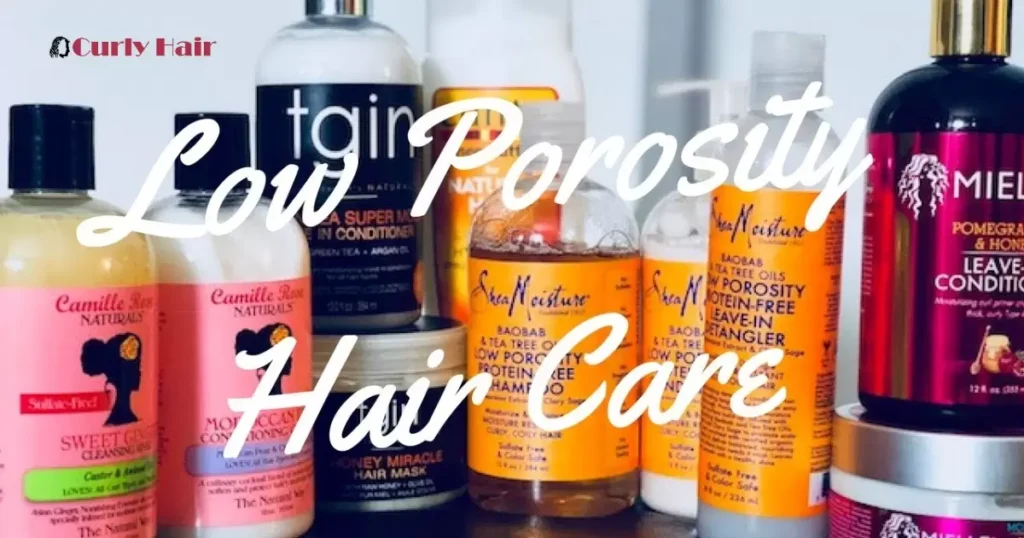
For low-porosity hair, choose a clarifying shampoo to remove buildup. Use it once a week to keep your scalp clean and fresh. Avoid heavy, creamy shampoos that can weigh hair down.
Opt for shampoos with lightweight, hydrating ingredients. Look for products that include aloe vera or glycerin. These ingredients help your hair retain moisture without buildup. This routine promotes healthier, more manageable hair.
Frequently Asked Questions
Which method is best for low-porosity hair?
The best method for low-porosity hair is using heat during deep conditioning. This helps open cuticles for better product absorption.
How do you keep low porosity hair happy?
To keep low porosity hair happy, use lightweight, hydrating products and deep condition with heat. Avoid heavy oils and products that cause buildup.
How to make low-porosity hair shiny?
To make low-porosity hair shiny, use lightweight, hydrating products and rinse with cool water. Regular deep conditioning with heat helps lock in moisture and enhance shine.
Conclusion
In conclusion, understanding the characteristics of your hair can help you care for it better. Low porosity hair needs specific products and techniques to maintain health and shine. Use lightweight, water-based products to avoid buildup and keep your hair flexible.
Regular deep conditioning with heat is essential for moisture retention. Limiting protein treatments can prevent stiffness and brittleness. Following these steps ensures healthier, more manageable hair.
If you still wonder how to style low-porosity hair, remember that choosing the right products and techniques is crucial. Maintain a regular hair care routine for the best results. With proper care, you can achieve and maintain beautiful, healthy hair.
